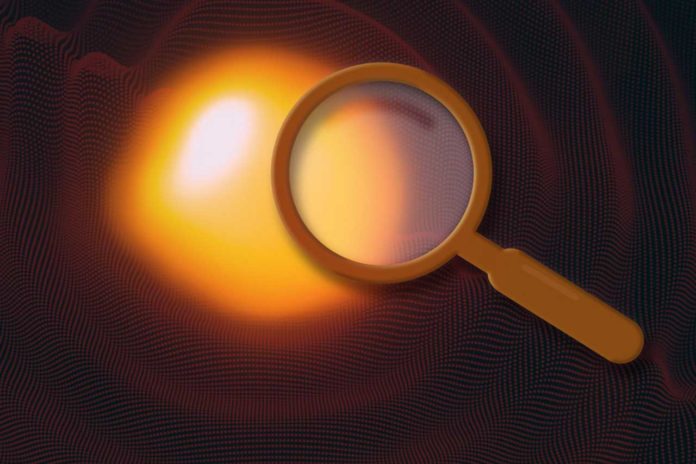If axions exist, they must be produced within extreme environments, such as the cores of stars at a supernova’s precipice. When these stars heave axions out into the universe, the particles, experiencing any surrounding magnetic fields, ought to momentarily transform into photons and possibly uncover themselves.
Now, MIT physicists have looked for axions in Betelgeuse, a nearby star that is relied upon to burn out as a supernova soon, at least on astrophysical timescales. Given its imminent demise, Betelgeuse should be a genuine factory of axions, continually producing the particles as the star burns away.
Scientists looked for expected signatures of axions in the form of photons in the X-ray band. They came up empty. Their outcomes preclude the presence of ultralight axions that can interact with photons over a wide range of energies.
The study set new constraints on the particle’s properties three times stronger than any previous laboratory-based axion-detecting experiments.
Kerstin Perez, assistant professor of physics at MIT, said, “What our results say is, if you want to look for these light particles, which we looked for, they’re not going to talk very much to photons. We’re making everyone’s lives harder because we’re saying, ‘you’re going to have to think of something else that would give you an axion signal.'”
“Betelgeuse is at a temperature and life stage where you don’t expect to see X-rays coming out of it, through standard stellar astrophysics. But if axions do exist and are coming out, we might see an X-ray signature. So that’s why this star is a nice object: If you see X-rays, it’s a smoking gun signal that it’s got to be axions.”
Using data taken by NuSTAR, NASA’s space-based telescope that focuses high-energy X-rays from astrophysical sources, scientists looked for X-ray signatures of axions from Betelgeuse. They obtained 50 kiloseconds of data from NuSTAR during the time the telescope was trained on Betelgeuse.
They then modeled a range of X-ray emissions that they might see from Betelgeuse if the star was spewing out axions. They considered a range of masses that an axion might be, as well as a range of likelihoods that the axions would “couple” to and reconvert into a photon, depending on the magnetic field strength between the star and Earth.
While looking for these x-ray signals in NuSTAR’s data, they found nothing above their expected background or outside of any ordinary astrophysical sources of X-rays.
Lead author Mengjiao Xiao said, “Betelgeuse is probably in the late stages of evolution and, in that case, should have a big probability of converting into axions. But data is data.”
This study’s results rule out a large space of possibilities and set an upper limit that is three times stronger than previous limits, from laboratory-based searches, for what an axion must be. If axions are ultralight in mass, the team’s results show that the particles must be at least three times less likely to couple to photons and emit any detectable X-rays.
Perez says, “If axions have ultralight masses, we can tell you their coupling has to be very small; otherwise, we would have seen it.”
“Ultimately, this means that scientists may have to look to other, less detectable energy bands for axion signals. However, the search for axions from Betelgeuse is not over.”
“What would be exciting would be if we see a supernova, which would ignite a huge amount of axions that wouldn’t be in X-rays, but in gamma rays. If a star explodes and we don’t see axions, then we’ll get stringent constraints on an axion’s coupling to photons. So everyone’s crossing their fingers for Betelgeuse to go off.”
The results of this study published their results today in Physical Review Letters.
